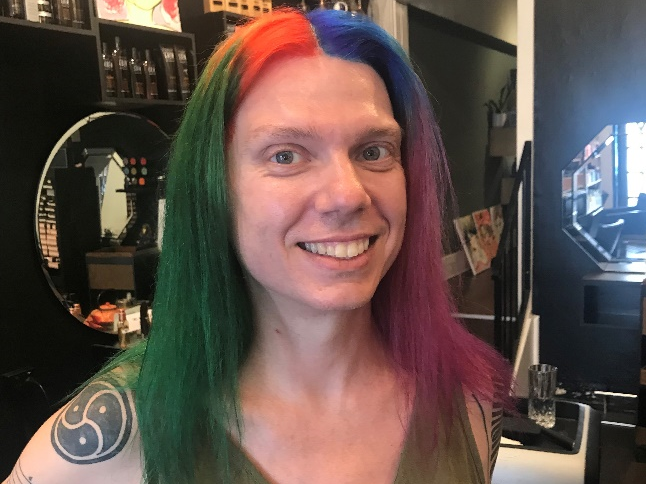This assumption is reinforced by media portrayals, as well as by the underrepresentation of women, people of colour, and other minority groups in STEM fields. Indeed, members of equity-seeking groups — including persons with disabilities, Indigenous peoples, women, 2SLGBTQIA+ folks and visible minorities — often face multiple obstacles when pursuing careers in scientific fields. Professor Stacey Smith? works on defying these stereotypes to make STEM a more diverse and inclusive place.
Prof. Smith?, while best known for her research using mathematical models to study infectious diseases and her modelling of a zombie apocalypse, is also a passionate advocate for equity, diversity and inclusion in STEM. She is an active member of the Society for Mathematical Biology (SMB) and was awarded the University of California Riverside Interdisciplinary Centre for Quantitative Modeling in Biology Sponsored DEI Award at the 2021 Annual SMB meeting. This award recognized her contributions to the advancement of diversity, equity, inclusion, and justice, as well as her talk “Teaching While Trans”.

At the SMB meeting, Prof. Smith? shared that students have been very accepting of her transition. Having a trans professor did not negatively change their attitudes in class. Instead, Prof. Smith?’s student evaluations improved. She attributed this boost to no longer carrying the burden of hiding her identity and feeling freer in the classroom. Difficulties relating to being a trans professor rather lie in the bureaucracy. Prof. Smith? was the first uOttawa employee to transition, which meant that she had to trailblaze the protocol. This included name changes, updating email addresses, websites, and databases to reflect her present identity. The process was particularly obstacle-ridden as every change needed to be undertaken in both official languages. Prof. Smith? also opened up about the fear of having to rebuild her reputation as a scientist after her name change.
Globally, significant progress for inclusion and acceptance has been achieved in a very short time. Prof. Smith? believes that the future holds even greater prospects for improvement. However, she observes that change seems to be slower in STEM. Tackling existing stereotypes and barriers often falls upon already disadvantaged people, which can hinder them professionally. Although grassroots movements can make a difference, Prof. Smith? believes that more incentives need to be taken by faculty and senior administration. Using more inclusive language in classes is a simple first step. Creating safe spaces is another. Visibility, when safe to do so, is also crucial.
“There’s a lot more Queer people in STEM than anyone realizes, because they’re encouraged to hide their identity,” says Prof. Smith?. She believes that creating support networks at a higher level for older generations will encourage more people to openly be themselves, promoting the idea that STEM is for everyone.
Read more:


